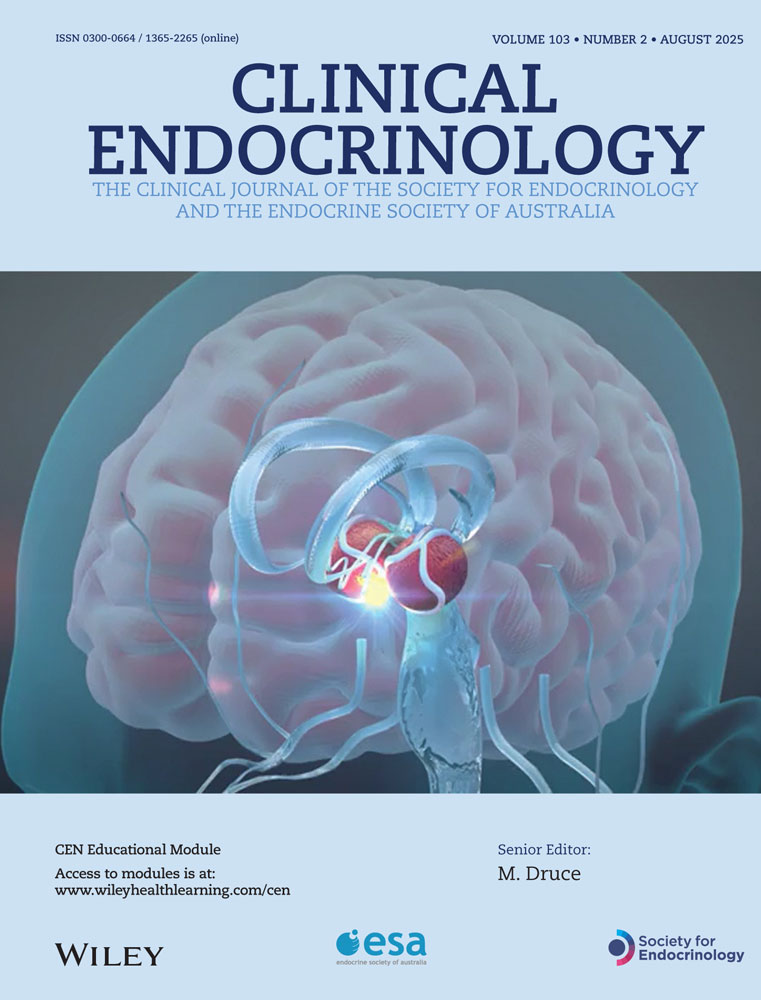Goitre prevalence and thyroid abnormalities at ultrasonography: a comparative epidemiological study in two regions with slightly different iodine status
Abstract
OBJECTIVE
The association between severe iodine deficiency and endemic goitre is well established, but little information is available on the relation between milder degrees of iodine deficiency and goitre prevalence.
SUBJECTS
In a comparative epidemiological study performed in two regions in Denmark, we examined 4649 subjects from the general population, women aged 18–65 years and men aged 60–65 years.
METHODS
Ultrasonography and palpation of the thyroid was performed in all participants. Iodine excretion was measured in casual urine samples. Previous thyroid disease was detected by questionnaires, personal interviews and tracing of records.
RESULTS
The median iodine excretion was 61 μg/l (mild iodine deficiency (ID)) and 45 μg/l (moderate ID) in the two regions. Median thyroid volume at ultrasonography was 11.9 ml (mild ID) and 13.6 ml (moderate ID), P < 0.001, and thyroid enlargement was found in 15.0% (mild ID) and 22.6% (moderate ID), P < 0.001. Goitre prevalence increased in both regions with age to the age group 40–45 years, but not after that age. Subjects who had moved from the moderate ID to the mild ID area had the same prevalence of thyroid enlargement as the subjects staying permanently in the mild ID area. Thyroid nodules at ultrasonography were found in 30% in both regions, but nodules were larger and more often palpable in the moderate ID area. Palpable goitre was found in 9.8% (mild ID) and 14.6% (moderate ID), P < 0.001. The greatest regional difference in thyroid abnormalities was found among men.
CONCLUSION
Marked differences in the prevalence of thyroid abnormalities were found in these regions with modest differences in iodine excretion.




